1932 Summer Olympics
The 1932 Summer Olympics, officially known as the Games of the X Olympiad, were an international multi-sport event which was celebrated in 1932 in Los Angeles, California, United States. No other cities made a bid to host these Olympics. Held during the worldwide Great Depression, many nations and athletes were unable to pay for the trip to Los Angeles. Fewer than half the participants of the 1928 Summer Olympics in Amsterdam returned to compete in 1932. U.S. President Herbert Hoover did not attend the Games, becoming the first sitting head of government not to appear at an Olympics hosted in that country.[1]
The organizing committee put no record of the finances of the Games in their report, though contemporary newspapers reported that the Games had made a profit of US$1,000,000.[1]
Highlights
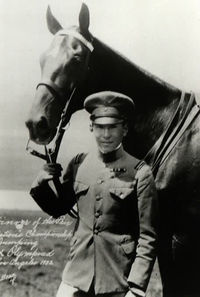
Nishi with Olympic steed, Uranus
- An Olympic Village was built for the first time, in Baldwin Hills, occupied by the male athletes.[2] Female athletes were housed at the Chapman Park Hotel on Wilshire Boulevard.
- The first use of a victory podium.[3]
- The Los Angeles Memorial Coliseum was known in 1932 as Olympic Stadium.
- Tenth Street, a major thoroughfare in Los Angeles, was renamed Olympic Boulevard in honor of the Games.
- Babe Didrikson won two gold medals in the javelin and the hurdles event, and competed in a jump-off for a silver in the high jump. Her technique in the jump-off was ruled illegal, leaving Didrikson with second place.
- In field hockey, only three nations took part. The host nation lost both matches, 1-24 to India and 2-9 to Japan, but still won a bronze medal.
- Poland's Stanisława Walasiewicz won the gold medal in the women's 100 meters; she would also win the silver medal in the event four years later. After her death in 1980, it was discovered that she was intersex and would have been ineligible to participate.
- Finnish star Paavo Nurmi was barred from competing in the Olympics for being a professional.
- Eddie Tolan won both the 100 m and 200 m sprint events.
- Helene Madison won three gold medals in swimming, while the Japanese upset the men's events and took all but one title.
- Takeichi Nishi (Baron Nishi) was the gold medalist with his horse Uranus in the equestrian show jumping individual event. Nishi's gold medal is Japan's only gold medal in the equestrian event to this day. Nishi would later die in 1945 as an officer stationed in the defense of the island of Iwo Jima, and as such is a main character in Clint Eastwood's film, Letters from Iwo Jima.
Medals awarded
See the medal winners, ordered by sport:
- Athletics
- Boxing
- Cycling
- Diving
- Equestrian
- Fencing
- Gymnastics
- Hockey
|
|
- Modern pentathlon
- Rowing
- Sailing
- Shooting
- Swimming
- Water polo
- Weightlifting
- Wrestling
|
Demonstration sports
- American football
- Lacrosse
Art
See Art competitions at the 1932 Summer Olympics for details of the art competitions held at the games, in which medals were awarded in five categories (architecture, literature, music, painting, and sculpture), for works inspired by sport-related themes.
Venues
The following venues hosted events at the 1932 games[4][5]:
- Exposition Park (known as Olympic Park for the Games), equestrian
- Olympic Stadium, athletics, American football, lacrosse, equestrian (eventing, jumping) field hockey, gymnastics, opening and closing ceremonies (capacity: 105,000)
- Swimming Stadium, diving, modern pentathlon (swimming), swimming, water polo (capacity: 10,000)
- 160th Regiment State Armory, fencing, modern pentathlon (fenicing) (capacity: 1,800)
- Museum of History, Science, and Art, art events
- Olympic Auditorium, boxing, wrestling, weightlifting
- Rose Bowl in Pasadena, cycling
- Riverside Drive, Griffith Park, 50 km walk
- Los Angeles Harbor, sailing
- Long Beach Marine Stadium, rowing (capacity: 17,000)
- Los Angeles Police Pistol Range, shooting, modern pentathlon (shooting)
- Sunset Fields Golf Club, modern pentathlon (running)
- Riviera Country Club, equestrian (dressage, eventing) , modern pentathlon (riding) (capacity: 9,500)
- Los Angeles Avenue, Vineyard Avenue, and Pacific Coast Highway, cycling road race
- Westchester, equestrian (cross-country riding)
Participating nations
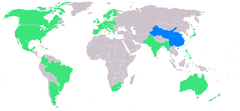
participants
A total of 37 nations were represented at the 1932 Games. Colombia and the Republic of China (with a single athlete) made their first appearance at the Olympic Games.
 Argentina Argentina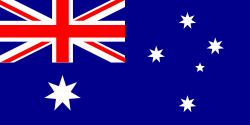 Australia Australia Austria Austria.svg.png) Belgium Belgium.svg.png) Brazil Brazil Canada Canada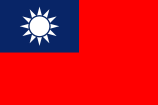 China China Colombia Colombia Czechoslovakia Czechoslovakia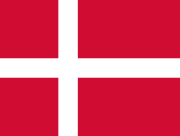 Denmark Denmark Estonia Estonia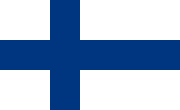 Finland Finland France France
|
|
.svg.png) Germany Germany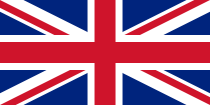 Great Britain Great Britain.svg.png) Greece Greece.svg.png) Haiti Haiti Hungary Hungary India India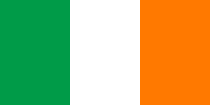 Ireland Ireland.svg.png) Italy Italy.svg.png) Japan Japan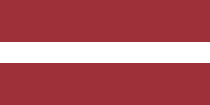 Latvia Latvia- Mexico
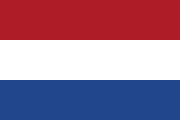 Netherlands Netherlands
|
|
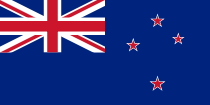 New Zealand New Zealand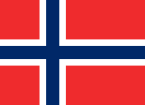 Norway Norway.svg.png) Philippines Philippines Poland Poland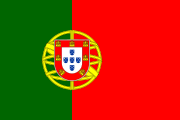 Portugal Portugal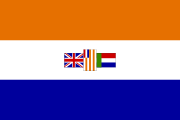 South Africa South Africa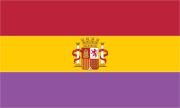 Spain Spain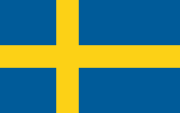 Sweden Sweden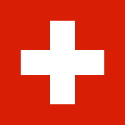 Switzerland Switzerland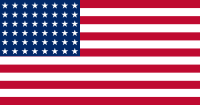 United States United States Uruguay Uruguay Yugoslavia Yugoslavia
|
Medal count
These are the top ten nations that won medals at these Games.
| Rank |
Nation |
Gold |
Silver |
Bronze |
Total |
| 1 |
 United States (host nation) United States (host nation) |
41 |
32 |
30 |
103 |
| 2 |
.svg.png) Italy Italy |
12 |
12 |
12 |
36 |
| 3 |
 France France |
10 |
5 |
4 |
19 |
| 4 |
 Sweden Sweden |
9 |
5 |
9 |
23 |
| 5 |
.svg.png) Japan Japan |
7 |
7 |
4 |
18 |
| 6 |
 Hungary Hungary |
6 |
4 |
5 |
15 |
| 7 |
 Finland Finland |
5 |
8 |
12 |
25 |
| 8 |
 Great Britain Great Britain |
4 |
7 |
5 |
16 |
| 9 |
.svg.png) Germany Germany |
3 |
12 |
5 |
20 |
| 10 |
 Australia Australia |
3 |
1 |
1 |
5 |
See also
Notes
References
External links
|
Events at the 1932 Summer Olympics in Los Angeles |
|
|
American football (demonstration) • Athletics • Boxing • Cycling • Diving • Equestrian • Fencing • Gymnastics • Hockey • Lacrosse (demonstration) • Modern pentathlon • Rowing • Sailing • Shooting • Swimming • Water polo • Weightlifting • Wrestling • Art competitions (unofficial)
|
|
|
Venues of the 1932 Summer Olympics |
|
160th Regiment State Armory · Los Angeles Harbor · Los Angeles Police Pistol Range · Olympic Auditorium · Long Beach Marine Stadium · Los Angeles Avenue · Olympic Stadium · Pacific Coast Highway · Riverside Drive at Griffith Park · Riviera Country Club · Rose Bowl in Pasadena · Sunset Fields Golf Club · Swimming Stadium · Vineyard Avenue · Westchester
|
|

